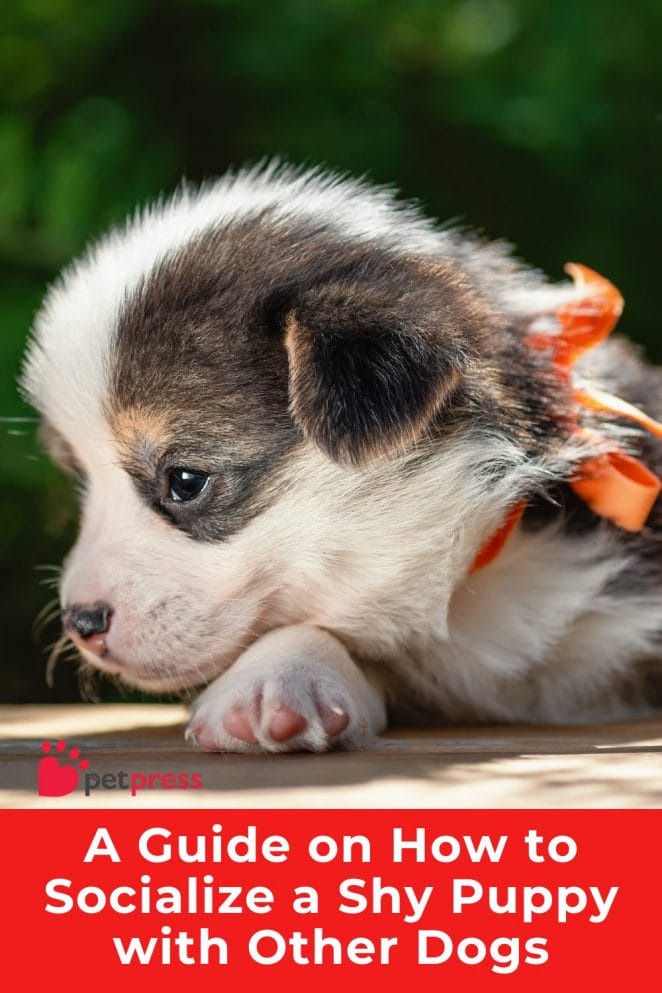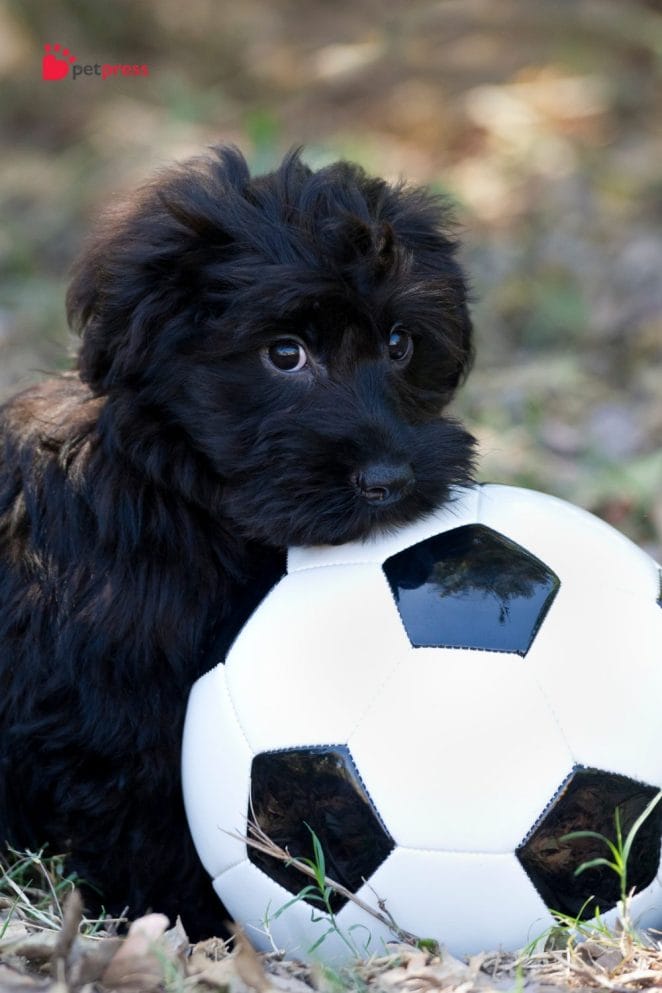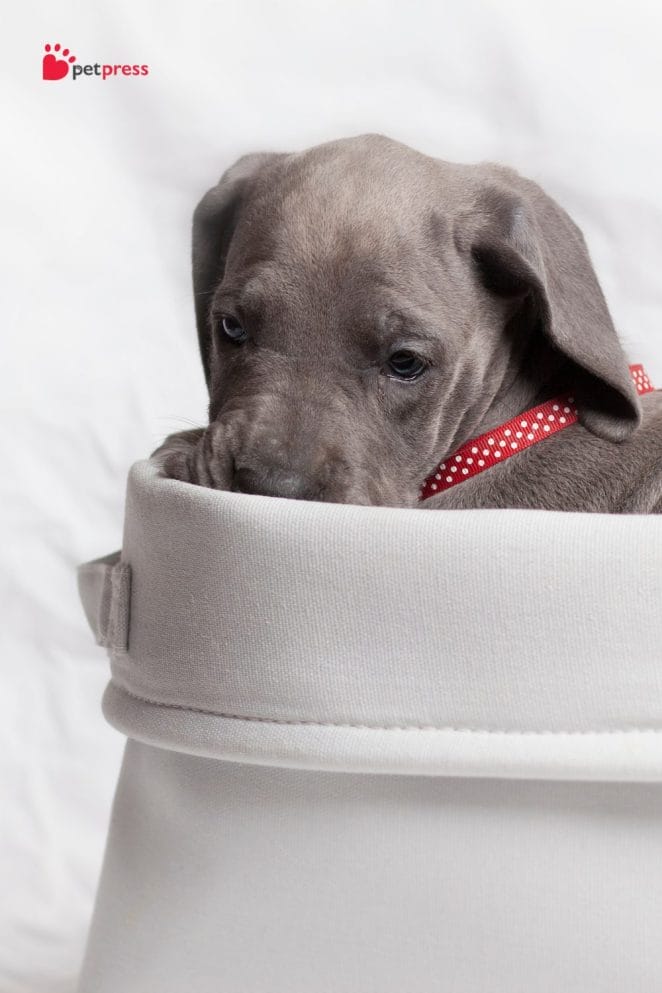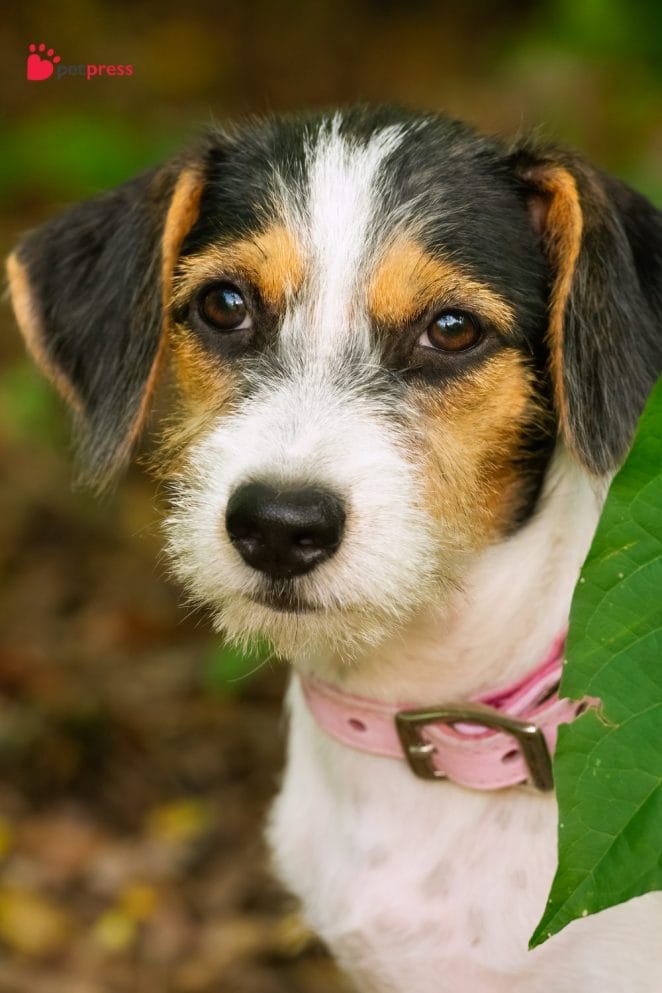
Welcoming a puppy into your home is a journey filled with joy and challenges. One key step is learning how to socialize a shy puppy with other dogs. It’s not just about play; it’s about teaching them that the world is a friendly place. Shy puppies can grow into well-adjusted adults with the right experiences.
But for the timid tails among them, this journey has unique hurdles. Imagine the world through their cautious eyes. Every bark is a boom, and every new dog is a giant. This guide aims to turn those booms into woofs of welcome, making every new dog a potential friend.
Let’s pave the way for your shy puppy to find their brave bark.
The Benefits of Socializing Your Puppy
Socializing your shy puppy is crucial for their growth, boosting confidence, and honing communication skills essential in the canine world.
Building Confidence:
Regularly interacting with other dogs helps shy puppies see the world as less intimidating. These positive experiences gradually build their confidence, making them braver in various situations and underscoring the importance of learning how to socialize a shy puppy with other dogs.
Developing Communication Skills:
Through play, puppies learn the complex language of dogs – from body language to vocal cues. This knowledge is vital for peaceful, enjoyable interactions with other dogs and helps prevent misunderstandings.

Understanding Your Puppy’s Shyness
Recognizing and understanding the roots and manifestations of your puppy’s shyness are the first steps toward helping them overcome it. Let’s delve into the signs that may indicate your puppy is shy and explore some potential causes.
Signs of a Shy Puppy
A shy puppy may exhibit behaviors that signal discomfort or anxiety when faced with new situations or unfamiliar dogs.
- Puppy hiding behind you or furniture,
- Reluctance to approach or be approached, and
- Submissive urination when feeling overwhelmed.
These are clear signs that your puppy is struggling with shyness or anxiety and that learning how to socialize a shy puppy with other dogs is crucial for their development.
Possible Causes of Shyness
Shyness in puppies can stem from various factors.
- Genetics
- Breeds
- Lack of early socialization
- Past negative experiences especially between 3 to 14 weeks of age
Understanding these causes is essential to effectively addressing and working through your puppy’s shyness.

Preparing for the First Play Date
Ensuring a positive and enriching first playdate is critical in the journey of learning how to socialize a shy puppy with other dogs. Let’s explore how to select the right playmate and set up a conducive environment for their interaction.
Choosing the Right Playmate
- Look for a dog known for its gentle and patient demeanor. A calm adult dog often makes an ideal first friend.
- Ensure the playmate is fully vaccinated, especially for young puppies, to prevent any health risks.
- Consider size and energy level; a dog similar in size or slightly larger with a moderate energy level can prevent overwhelming your puppy.
By carefully selecting the right playmate, you’re setting the stage for a successful and positive introduction to socialization for your shy puppy.
Creating a Safe Space
- Choose a neutral area where neither dog feels territorial. A quiet, fenced-in area is ideal.
- Remove any potential triggers for resource guarding, such as toys, food bowls, and treats, to prevent competition.
- Ensure the space is escape-proof and safe, with no hazards that could harm the dogs during their play.
Creating a carefully considered environment helps both dogs feel comfortable and secure, allowing your shy puppy to focus on the positive aspects of socializing.

During the Play Date: Dos and Don’ts
Navigating a play date successfully is key to socializing a shy puppy with other dogs. Here’s how to ensure it’s a positive experience for everyone involved.
Do’s
Always supervise the interaction closely. This ensures you can intervene if play becomes too rough or overwhelming for your puppy. Use positive reinforcement generously; treats and praise for calm and friendly behavior encourage your puppy to associate good feelings with other dogs.
Patience is essential; understand that every pup learns and adapts at their own pace. Celebrate small milestones and maintain consistent, gentle encouragement.
Don’ts
Never force your puppy into interactions. If they seem hesitant or scared, pushing them can worsen their anxiety. Be vigilant for signs of stress, like excessive panting, drooling, or attempts to hide. Recognizing these signs early allows you to act quickly to comfort your puppy.
Avoid overcrowding; too many dogs at once can be overwhelming, making a shy puppy retreat further into their shell. Ensuring a controlled environment is crucial for their comfort and growth.
Progressing With Patience
Patience is key when working on how to socialize a shy puppy with other dogs. Let’s break down how to celebrate progress and identify when it’s time to seek professional guidance.
Celebrating Small Victories
Every small step your shy puppy takes towards becoming more social is a triumph. Whether it’s a calm interaction with a new dog or simply showing curiosity instead of fear, these moments deserve recognition and reward. Celebrating these victories, no matter how minor they seem, reinforces positive behavior and encourages your puppy to keep trying.
Knowing When to Get Help
There comes a point where professional help may be needed to further your shy puppy’s socialization. If your puppy shows no progress, becomes increasingly fearful, or exhibits signs of aggression, it’s time to consult a dog trainer or behaviorist.
These professionals can offer tailored strategies and support, making the journey of socializing a shy puppy with other dogs more manageable and effective.

Advanced Socialization Techniques
As your puppy starts to overcome their initial shyness, it’s time to broaden their social horizons. Advanced socialization techniques can play a significant role in this next phase.
Group Classes and Dog Parks
Enrolling in group puppy classes provides a structured environment for socializing a shy puppy with other dogs. These classes not only teach basic obedience but also allow your puppy to interact with a variety of dogs in a controlled setting.
Similarly, dog parks offer a chance for free play in larger, more diverse groups, helping your puppy learn to navigate different social scenarios confidently. Start with less crowded times to ease them into the busier park life gradually.
Continued Socialization
The journey of socializing a shy puppy with other dogs doesn’t stop as they grow. Continual exposure to new dogs, people, and environments throughout their lives ensures they maintain their social skills and confidence.
Regular visits to dog parks, playdates, and even being out and about in pet-friendly areas are excellent ways to keep your dog socially engaged. Remember, socialization is not a phase but a lifelong process that plays a critical role in your dog’s well-being.
Conclusion
In our journey to socialize a shy puppy with other dogs, we’ve navigated through understanding the benefits, recognizing signs of shyness, and identifying its causes. The crucial role of socialization in building confidence and developing communication skills cannot be overstated.
Patience, consistency, and positive reinforcement emerge as pillars for transforming a timid puppy into a sociable, confident dog. Each step, from the careful orchestration of play dates to celebrating small victories, requires a gentle, understanding approach.
Remember, the path to socializing a shy puppy is as rewarding as it is essential. It lays the foundation for a well-adjusted, happy adult dog, capable of navigating the world with ease and confidence. Your commitment to this process shapes not just their social skills but also the bond between you.
Hungry for more pup tips? Dive into our other articles for all things doggo! 🐾
Walking the Puppy for the First Time? Exciting Tips Ahead!
101 Training Guide: How Old Should a Puppy Be To Start Training


GIPHY App Key not set. Please check settings